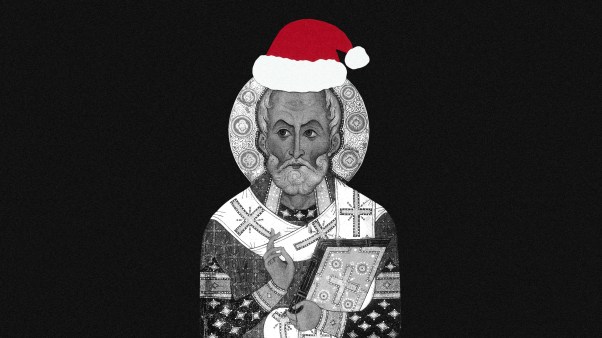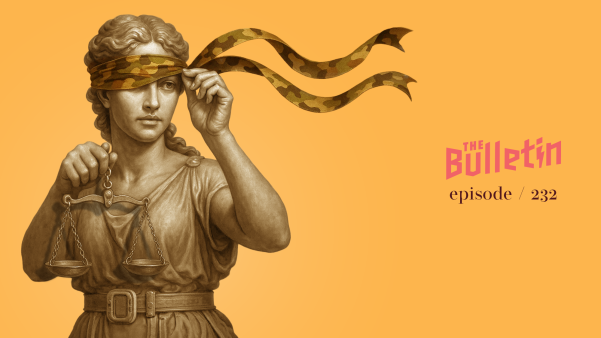History does not record for certain who took the message of the crucified and risen Savior to that region north of the Danube. But it does say that in 836 the brothers, Cyril and Methodius of Constantinople and the Eastern Christian tradition went to Moravia as missionaries. The Latin church had preceded them there, but these industrious Greeks did something that the Latin missionaries had not done. Cyril invented an alphabet for the Moravian language and he and Methodius began translating the Bible for the people.
And they preached in the native tongue. “Their work sowed the seeds of that deep love for the truth, that passionate insistence upon having the Word in one’s tongue and that willingness to suffer and die for the faith which found expression, a few centuries later, among the followers of Master John Hus” (from Through Five Hundred Years, “A Popular History of the Moravian Church,” by Allen W. Schattschneider).
1400 John Wycliffe’s revolutionary writings spread
1415 John Hus burned at the stake
1441 Slave trade with Africa begins
1453 Gutenberg first prints Bible
1457 Unitas Fratrum (Moravian Church) organized
(1483–1546) Martin Luther
1492 Columbus sails to New World
1498 Savonarola martyred
1500 First Protestant Hymnal
(1564–1616) Shakespeare
1579–1593 Kralice Bible translated by Bohemian Brethren
1611 King James Bible
1620 Plymouth Colony
1621 ‘Day of Blood’
1618-1642 Thirty Years War in Germany
John Hus (1369–1415)“Hus did not live to see the Protestant Church or any of its branches started, but he sowed the seed. His followers discovered that the Catholic Church would not change or reform so they felt they had only one choice: to make a new beginning,” notes Edwin A. Sawyer. Ordained a Roman Catholic Driest in 1400. John Hus became the preacher in Prague’s Bethlehem Chapel at the time the writings of the English reformer John Wycliffe were widely circulating throughout Bohemia. In Hus they found their champion. His call for “ethical transformation of clergy and church life” as well as a “genuine feeling of Bohemian nationalism” brought on a direct confrontation with his archbishop and ultimately, the pope. At Constance a church council condemned him as a heretic and burned him at the stake on July 6, 1415 A fierce persecution of “Hussites” followed, forcing some Hussites to retreat to the region of Kunwald in the Barony of Lititz. There in 1457 they organized a church along New Testament lines under elders. This was the start of the Unitas Fratrum, the Unity of the Brethren, later to be known as the Moravian Church.
Gregory The Patriarch (ca. 1420–1473) Gregory was a nephew of Archbishop Rokycana of the Utraquist Church in Prague. This branch of Catholicism was so named because communion was received in both kinds (sub utraque species). Preaching in Prague, Rokycana influenced Gregory to follow the zeal of the early Hussites, giving him the writings of a radical Bohemian reformer, Peter of Chelcice. After visiting Peter, Gregory and a small group of likeminded people settled in Kunwald. Enemies of these “Brethren” (they began calling themselves Jednota Bratrska or a Unity of Brethren) led a persecution, snatching Gregory when he was on a visit to Prague. Gregory and several Hussites were tortured on the rack; Gregory alone refused to recant. Passing out from the torture of the rack, he dreamed he saw Jesus standing by a flowering tree along with three men. Learning that his nephew was captured, Rokycana had Gregory freed. Returning to Kunwald, Gregory told the Brethren of his dream, interpreting it to mean that Christ would form them into a church. A reformed Catholic priest, Michael, was named bishop in 1467 and tradition says he was consecrated by Waldensian bishops. When the church selected three elders, Gregory recognized their facesthey were the same persons he saw in his dream!
Luke of Prague (1460–1528) and John Augusta (1500–1572)By Luther’s time the Unitas Fratrum already claimed more than 400 congregations and 150–200,000 members hardly a small, struggling church! Luke and John were key figures in this growing church The former, a graduate of the University of Prague, left the Utraquist Church to become a member of the Brethren at age 40 and was later consecrated a bishop. At his inspiration the church produced an early Protestant hymnal in 1501, containing 89 hymns. His catechism, Questions to the Children,first available in Bohemian and later in German, “was found in every Brother’s home.” JOHN AUGUSTA followed Luke as bishop from 1532-1572. Once again when the Brethren suffered inhuman persecution, God gave the church in John a man of “boundless energy and great gifts for leadership.” A brilliant preacher, he held the respect of both Luther and Calvin. John drew up the Brethren’s Confession of Faith and sought to unite all Protestant bodies in Bohemia, but king Ferdinand thwarted that hope, throwing John in prison where he languished 14 years.
Bishop John Comenius (1592–1672) in the snows of the Giant Mountains on Bohemia’s northern border and prayed God to preserve a “hidden seed” of the Unitas Fratrum in Bohemia. Seven years earlier, on the “Day of Blood,” 15 of the Brethren and other Czech patriots were beheaded. In the days that followed clergy were imprisoned, “church members were sent to the mines or dungeons, churches were closed, schools destroyed, Bibles and hymnbooks, catechisms and histories burned” notes James Hastings. More than 36,000 families of the Brethren fled Bohemia and among them was Comenius, a graduate of Heidelberg and a headmaster. In 1632 in Lissa, Poland he was named their bishop. Comenius established a reputation on the continent as an educational innovator, and many of his educational theories are still considered valid. He was the first to introduce pictures into schoolbooks. Tradition says that newly-founded Harvard College offered him its presidency, but his care for the ancient church was his primary concern.. Fierce opposition in Poland forced him to flee to Holland. Fearing that his church would die, he raised thousands of dollars, mostly from Christians in England, to print Bohemian and Polish bibles and in a will bequeathed “our dear Mother, the Church of the Brethren” to the Church of England’s care. His son-in-law, Peter Jablonsky, succeeded him as bishop and thus kept the flickering hopes of the Brethren alive.
Copyright © 1982 by the author or Christianity Today/Christian History magazine. Click here for reprint information on Christian History.










